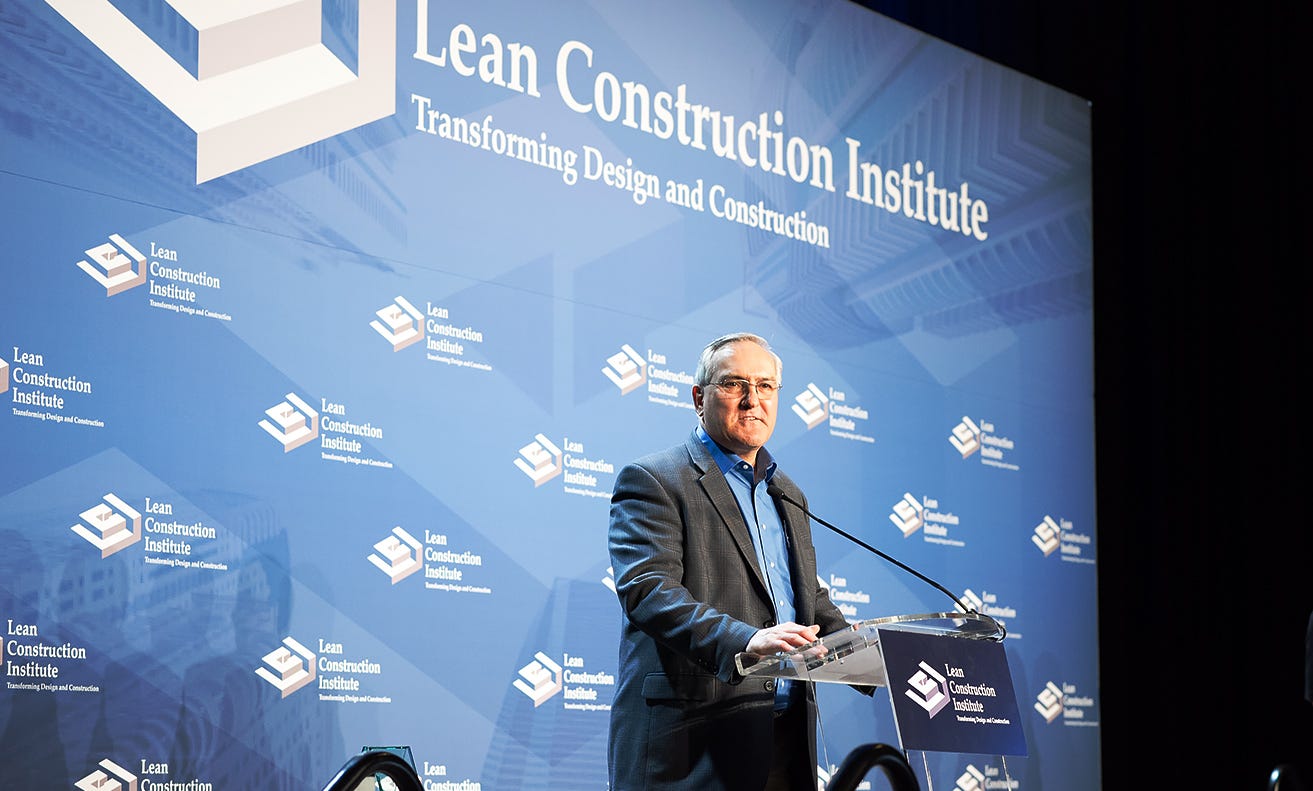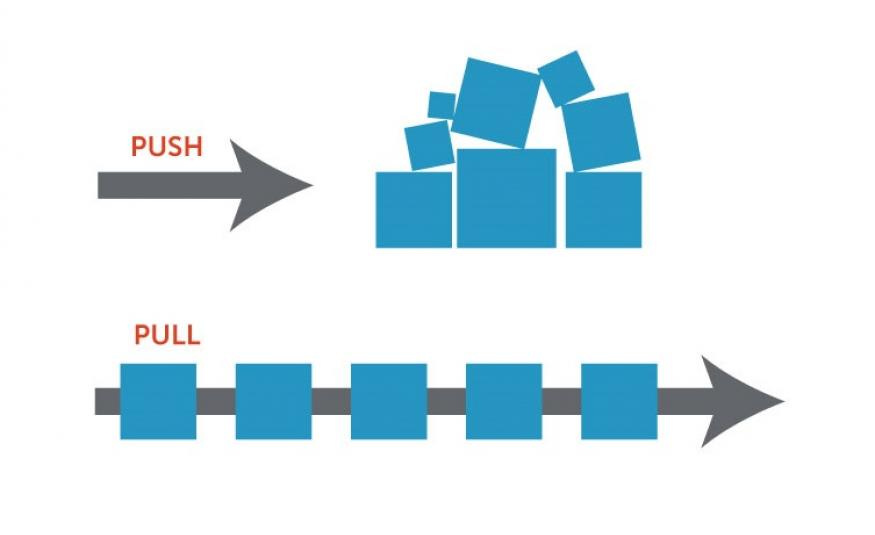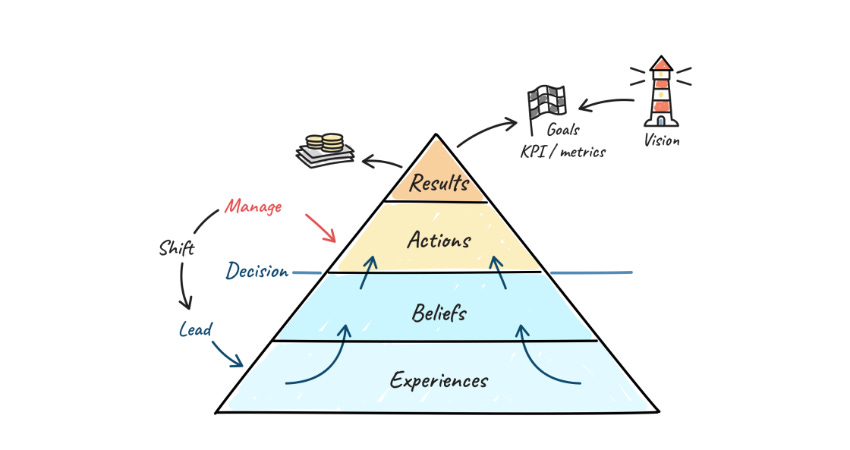10 Learnings from LCI Congress 2024
Actionable insights from the biggest lean event of the year.
👋 Hey, Kyle here! Welcome to The Influential Project Manager, a weekly newsletter covering the essentials of successful project leadership.
Today’s Overview:
Last week, I spent four days at the 26th Lean Construction Institute (LCI) Congress in San Diego, CA. I left the event with new energy and a lot of non-obvious insights about leadership, teamwork, and lean thinking in construction. This piece shares my 10 key learnings from the event.
The learnings: (1) Takt is the enabler for all lean thinking, (2) The bottleneck always rules, (3) If you don’t respect people, you’re not lean, (4) Pull-based production systems prevent chaos, (5) Culture eats strategy for breakfast, (6) Leadership is the ultimate lean tool, (7) Discipline equals freedom, (8) Looking forward AND backward is equally important, (9) Contracts should incentivize collaboration, and (10) Solve the problem by seeing it differently.
My Rule for Leadership: Get in the room where it happens. Once you’re in, help others get there too.
📊 Today's issue is brought to you by Knowify!
Budget → Bid → Build → Invoice
Knowify’s construction management software is designed specifically for trade contractors in the commercial sector. It helps you bid, manage, and invoice for every project or service call in one place. Save hours every day with a streamlined project workflow that keeps your entire team on-task, on-budget, and on the same page.
Break projects down by phase and task, use powerful tools like Gantt charts and dependencies to keep teams on track, and stay on top of every job with informative daily logs and progress tracking by phase.
Knowify also has the strongest QuickBooks integration in the construction space, meaning your data syncs between the two systems in real-time. Ready to elevate your business? Try Knowify’s software for free and experience the difference.
10 Learnings from the LCI Congress 2024
Filed under: Lean Tools & Tactics, Learning & Growth

Last week, I spent four days at the 26th LCI Congress in San Diego, surrounded by the best minds in construction—project leaders, lean experts, and industry veterans.
These were people who’ve successfully delivered projects of every size and complexity. But what stood out most wasn’t just their technical expertise—it was the deeper lessons about leadership, collaboration, and mindset.
I left the event with a new energy to grow and a lot of interesting, non-obvious learnings.
When I got home, I dug through all my notes and attempted to synthesize the most important takeaways from the event.
My 10 key learnings (that everyone needs to hear):
#1: Takt is an Enabler for All Lean Thinking
Takt planning isn’t just another scheduling tool—it’s a way to see work in motion.
At Congress, I spent the entire first day in a Takt Planning workshop. I learned how Takt reveals bottlenecks, making it easier to know when and where to apply other lean tools. Most teams struggle with lean because they collect tools without knowing when, where, or how to use them. Takt connects the dots.
It exposes inefficiencies, sets clear production targets, and identifies standard work, helping teams make targeted improvements. When teams can see the rhythm of the work, they naturally start spotting waste and making improvements.
Don’t sleep on Takt—it’s the heartbeat of lean construction.
#2: The Bottleneck Always Rules
Your project is only as fast as its slowest part.
Ever heard of a “Phantom traffic jam?”
It happens when cars slow down for no clear reason, causing delays to ripple backward. These jams are triggered by unnecessary speeding and stopping, which disrupts the flow on the freeway.
The same thing happens to projects—when non-bottleneck tasks speed up unnecessarily, it creates phantom progress that slows the entire project.
Instead of pushing harder, use extra time for quality checks, 5S, planning, and helping other bottlenecks.
The bottleneck is always in control—so find it, fix it, and let it flow.
#3: If You Don’t Respect People, You’re Not Lean
Lean begins and ends with respect for people.
This isn’t just about clean bathrooms and safe workspaces (though that’s part of it). Respect means listening to team constraints, valuing time as a shared resource, and genuinely caring about everyone’s profit.
Tools and processes alone aren’t enough. People are your most valuable asset, and they need to feel seen, heard, and supported to perform at their best.
Without respect, lean falls apart.
#4: Pull-Based Production Systems Prevent Chaos
Pull systems are one of the most powerful concepts in lean because they allow you to control the work-in-process (“WIP”).
Each step in your process flow should be supported by a supply-chain flow starting from design to material delivery.
This means you can prevent bottlenecks by producing only what’s needed, when it’s needed. Just like Takt planning, supply chains need to be chunked and synchronized. Design, approval, fabrication, and delivery must move at the same pace.
When you pull work through, everything flows smoothly.
Push too much, and chaos follows.
#5: Culture Eats Lean Strategy for Breakfast
You can have the best strategy in the world, but if the culture isn’t right, it will fail.
Your project’s environment defines the culture, and that culture drives success. How your team experiences the day-to-day—clean spaces, clear communication, meetings, respect for constraints—defines the environment they work in.
As the Executive Director from Sutter Health said, “You need to get the mindsets of the people working on the job in the right spot. So when there’s a long list of reasons why the project might be late, everyone’s response is to get in a room and fix it.”
If you want to change a project’s culture, change how people experience it, moment by moment.
#6: Leadership is the Ultimate Lean Tool
Leadership isn’t a title—it’s what you do.
Jocko Willink said it perfectly in his keynote: “If not us, then who?”
No matter your position, leadership means taking responsibility for the mission, solving problems, and contributing to the right culture. The most lean thing you can do is empower others to step up and lead.
Key Leadership Principles:
Bias for action: Generate value
Teamwork: Optimize the whole
Prioritize & execute: Focus on flow
Keep things simple: Eliminate waste
Decentralized command: Respect for people
When everyone on the team leads, projects thrive.
Leadership is the ultimate multiplier.
#7: Discipline Equals Freedom
A lack of resources rarely kills a project—lack of discipline does.
When teams operate with clear SOPs and well designed processes, they can adapt quickly to change. Think of it like financial discipline—if you work hard, save, spend, and invest wisely, you create freedom in the future.
The same applies to projects. The more disciplined your daily systems, the more flexibility you’ll have to respond when things go off course.
Discipline is what creates the space for success.
#8: Looking Forward AND Backward is Equally Important
Perfect planning may not be possible, but it is possible to never make the same mistake twice.
The Last Planner System is designed to protect your short-term plans from long-term uncertainty. To get it right, you need to look forward to plan and prepare—and look back to reflect and adjust.
Planning isn’t a one-and-done task—it’s a continuous loop.
You can’t move forward effectively if you don’t learn from what’s behind you.
#9: Contracts Should Incentivize Collaboration
Traditional contracts with penalties is great for creating fear and silos.
The shared savings model flips the script by rewarding collaboration. When everyone benefits from project success, people work together toward a common goal.
One project team shared how they dropped individual roles (Owner X, Architect Y, Contractor Z) and adopted a unified identity—“Project XYZ.” This is how the most successful teams and projects are operating today.
Contracts should be a carrot, not a stick.
#10: Solve the Problem by Seeing it Differently
Sometimes, the key to solving a problem is changing how you see it.
During the event, I had several “a-ha!” moments about challenges I was facing.
The real issue isn’t the presence of problems—it’s when no one takes responsibility for solving them. The best teams tackle challenges together, treating them as the problem to solve.
“It’s not your problem or my problem—it’s THE problem.”
If you've only looked at a problem one way (the way you know how), try looking at it differently. Ask others how they would think about it. Let them pressure test your thinking. Different perspectives unlock better solutions.
Lean leaders don’t avoid problems—they embrace them and create solutions together.
Final Thoughts: Get in the Room Where It Happens
The biggest takeaway from LCI Congress is this:
Progress happens when the right people are in the right room, working together.
Find the rooms that challenge, inspire, and push you to grow. And when you get there, create value for others without expecting anything in return.
Leadership Rule: Get in the room where it happens. Once you’re in, help others get there too.
Thank you to everyone who organized, supported, and shared their wisdom at this event.
See you next year.
Until next week,
Kyle Nitchen
🧰 Kyle’s Toolbox
I get asked all the time about tools that save time and prevent disputes, and Cogram has been a game-changer for me.
Cogram automatically drafts meeting minutes and action items—saving hours every week and preventing any unnecessary finger-pointing. It works seamlessly in virtual, hybrid, and in-person meetings, even on job sites.
With Cogram, you can:
✅ Automatically generate meeting minutes and action items.
✅ Summarize and export meetings directly into your templates.
✅ Track key information like change orders across multiple meetings.
Plus, it’s secure—SOC 2 Type II-certified and GDPR-compliant, with no stored audio or video recordings.
Cogram is changing how I manage projects, so I can focus on what really matters.
👉 Book a live demo and get a 7-day free trial!

Whenever you're ready, there are 5 ways I can help you:
Get my first book! No Bullsh*t Project: A Project Manager’s Guide to Successful Project Leadership
Upgrade your PM software. Experience the future operating system for construction and real estate development.
Get my full toolbox (free). Access 30+ software and hardware tools I'm using today.
Learn Takt Planning. Elevate your skills as a scheduler, planner, and lean builder with the Takt Planning & Control online course. Use code "Influentialpmtakt" for 30% off.
Advertise in my newsletter. Put your brand in front of 4,500+ construction project managers, leaders, and execs. (Booked out 5 weeks)






